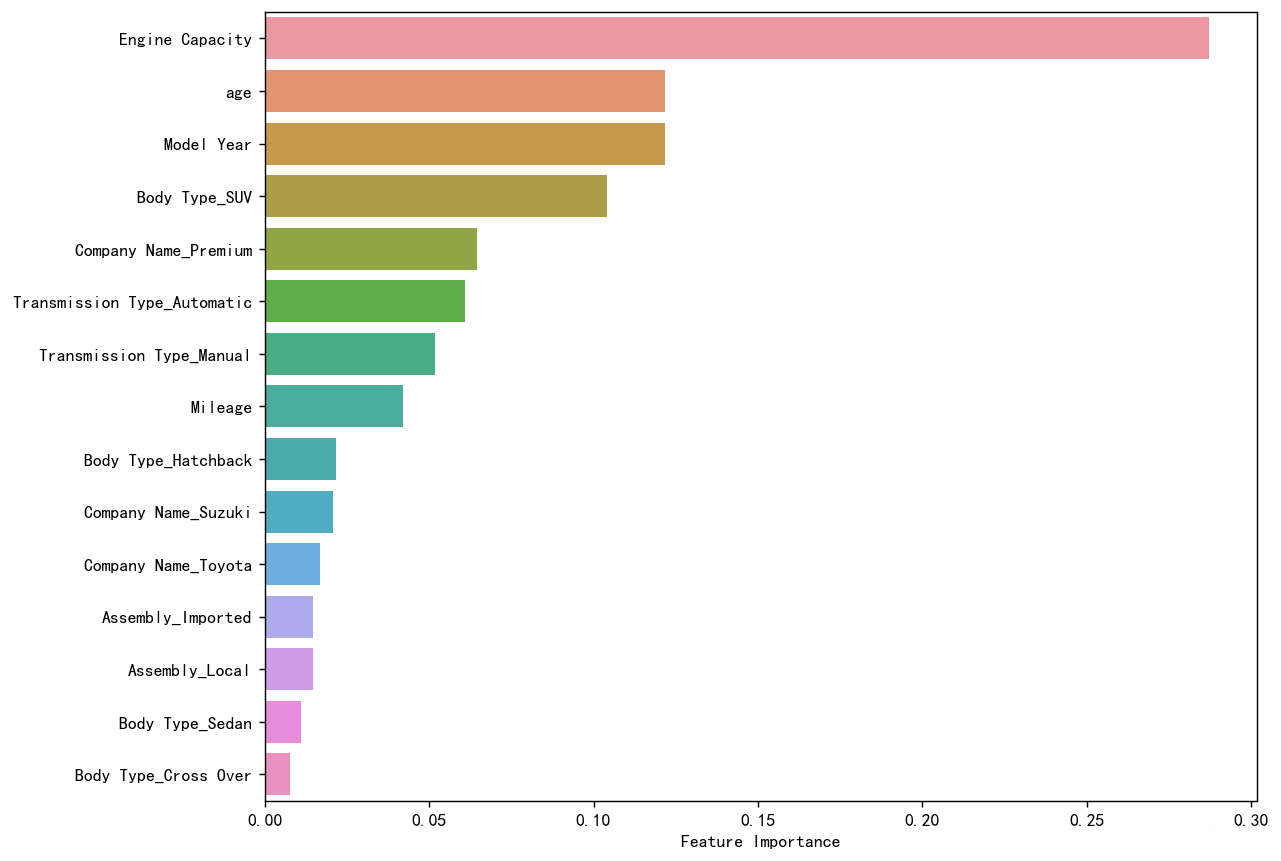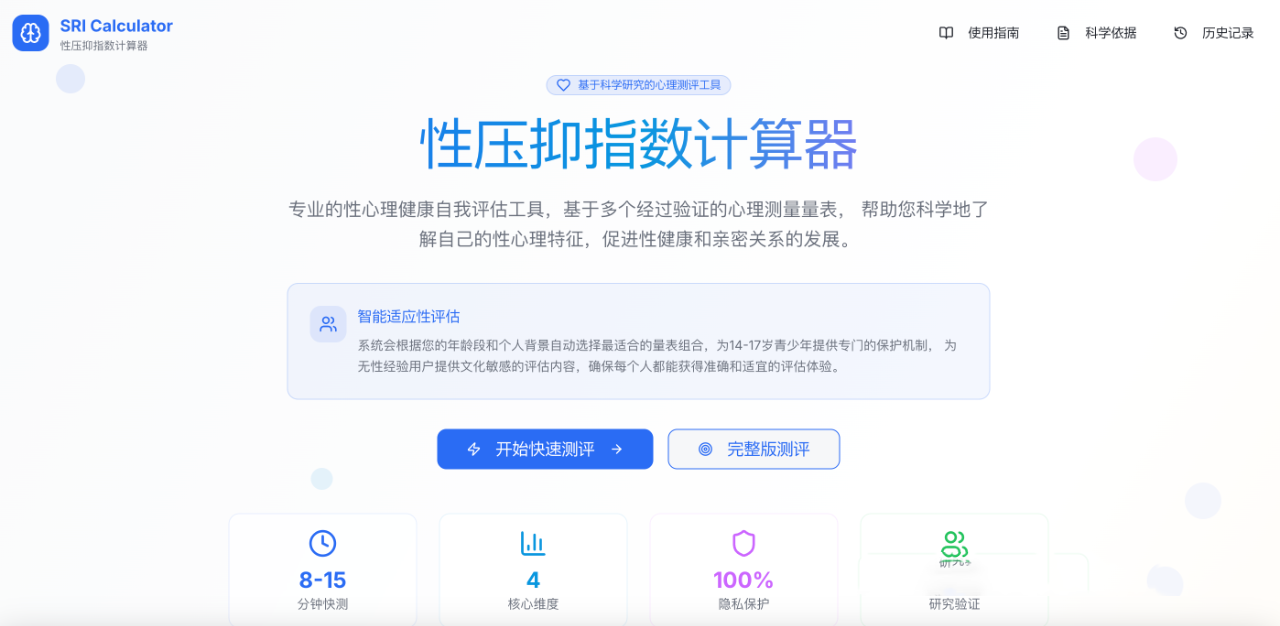Breaking through the blood-brain barrier
A technology called “J-Brain Cargo” allows therapeutic molecules to reach the brain through intravenous injection. Its latest iteration, JBC-AAV, holds promise to deliver gene therapy as a functional cure for neurological diseases.
Despite their name, rare diseases are not that rare at all. While the number of people suffering from a single rare disease may itself not be large, even conservative estimates assume more than one out of every 20 people in the world suffer from a rare disease. Regardless, drug development is a perilous business. Years of research and high failure rates make for many losses and force companies to strategically select diseases with a broad patient population, leaving many rare diseases ignored by the pharmaceutical industry.
“For widespread diseases, a failed program at one company is buffered by several more taking on the same problem,” says Hiroyuki Sonoda, director, senior managing executive officer, and executive director of the research division at JCR Pharmaceuticals. “That is rarely the case for rare diseases, where the decision to terminate a research program in some ways is like cutting the lifeline for the
patient.” That’s why JCR Pharmaceuticals, based in Kobe, Japan, has spent decades researching lysosomal storage diseases, a class of rare genetic conditions that,among other symptoms, cause neurodegeneration in childhood and potentially early death. The company’s investment led to the development of its breakthrough technology, J-Brain Cargo, which enables therapeutic molecules—and even gene
therapies—to pass the blood-brain barrier, a boon for the treatment of diseases that impact the brain.


![图片[1]-外文期刊《Science》2024年12月13日-寻找资源网](http://img.seekresource.com/img/8232)
![图片[2]-外文期刊《Science》2024年12月13日-寻找资源网](http://img.seekresource.com/img/8233)
![图片[3]-外文期刊《Science》2024年12月13日-寻找资源网](http://img.seekresource.com/img/8234)
















![表情[chi]-寻找资源网](http://www.seekresource.com/wp-content/themes/zibll/img/smilies/chi.gif)



暂无评论内容